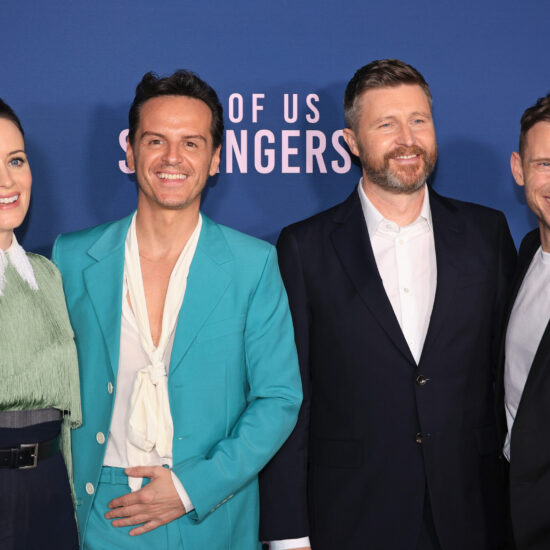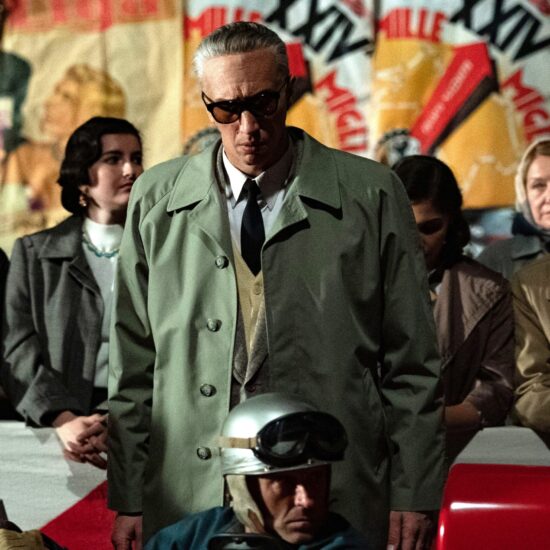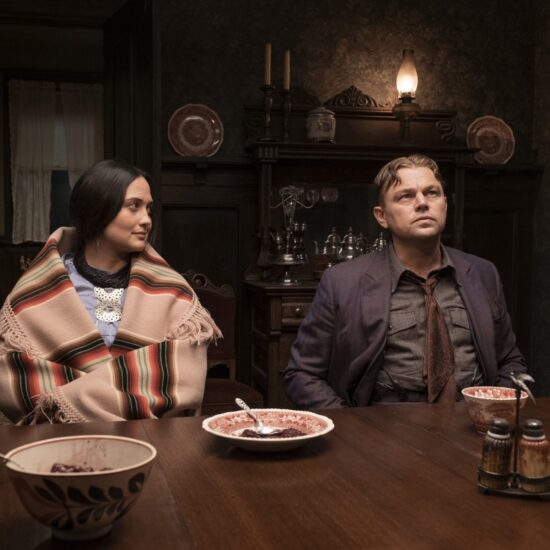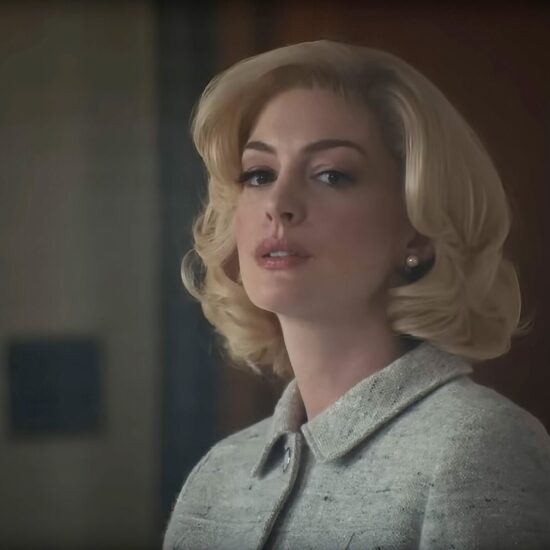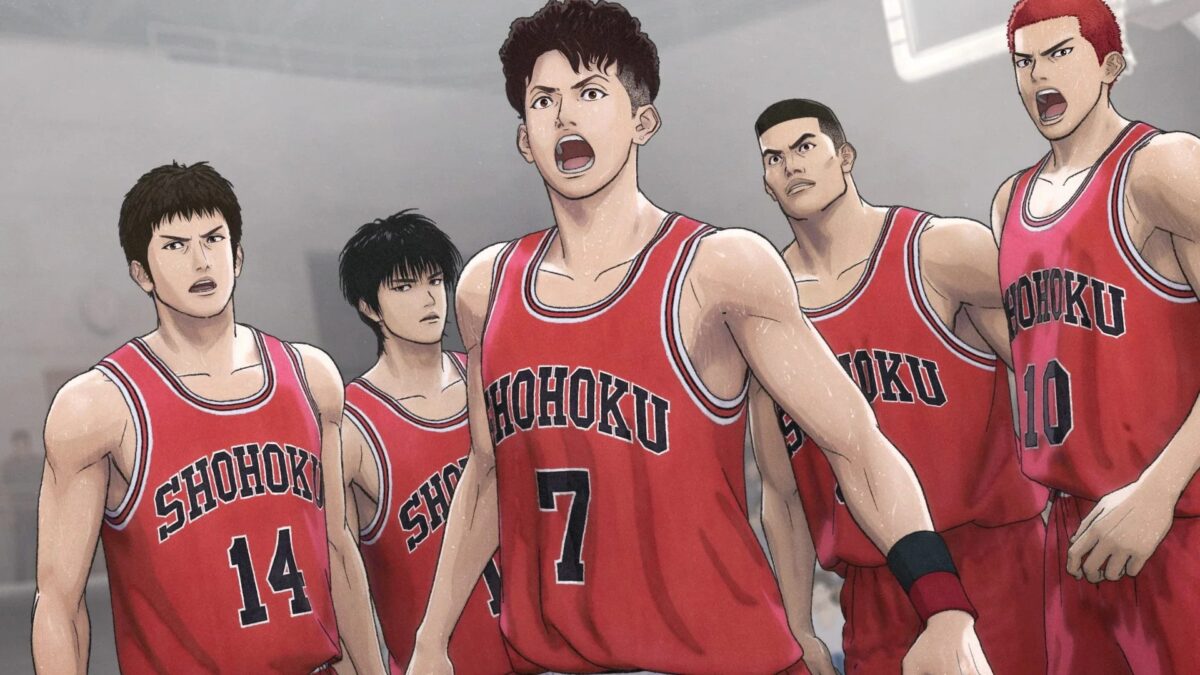
Takehiko Inoue’s “The First Slam Dunk” isn’t exactly the first movie ever made about a scrappy high school basketball team struggling to overcome their shared differences and personal demons in time for the big game against their undefeated rivals. It’s a tale as old as time, and one that Inoue himself has already told at great length over the course of a beloved manga that ran in “Weekly Shōnen Jump” from 1990 until 1996 — a manga he would revisit as the source material for his directorial debut some 30 years later.
But this blockbuster rookie effort, which arrives in the States having already become the fifth-highest grossing anime feature of all time, is such a fun and thrilling crowd-pleaser because it uses the hoariest tropes of its sub-genre as an alley-oop for one of the most formally ambitious and emotionally layered sports dramas to hit screens in the decades since Inoue stepped onto the court. While the rules of the game may be set in stone, “The First Slam Dunk” proves that it’s never too late to redraw the playbook.
What separates Inoue’s movie from the “Hoosiers” of the world is how literally it finds its characters playing the game of their lives. Rather than build up to the championship match between the ragtag team of underdogs and their superhuman foes, “The First Slam Dunk” stretches it into a backdrop that canvases the entire film. The manga covered 31 volumes and thousands of pages; this anime, which neither requires nor expects any prior knowledge of the franchise, somehow fits 124 minutes into the span of just four quarters.
It does that by dribbling back and forth through a meshwork of different flashbacks — across the players on both teams! — and switching between voiceover tracks more frequently than a Terrence Malick film. That approach doesn’t always make for the most detailed individual drama, but it gradually creates an exhilarating sense of collective stakes as the man-on-man coverage of the ensemble’s dreams and demons collects into a full-court press.
In order to facilitate the film’s unique strategy, Inoue decided to pivot away from the main character of the manga — Dennis Rodman-esque delinquent/burgeoning rebound god Hanamichi Sakuragi — and focus instead on small but speedy point guard Ryota Miyagi, whose backstory makes for a cleaner and more nakedly emotional point of entry into the story.
A hyper-introverted anime protagonist in the tradition of “Neon Genesis Evangelion” protagonist Shinji Ikari (but, uh, not quite so neurotic), Ryota is struggling to grow up under the weight of his childhood trauma. Shortly after his basketball star older brother and the self-proclaimed “captain of the family” died at sea in an accident near their home in Okinawa, Ryota, his little sister, and their single mom moved to Kanagawa Prefecture in search of a fresh start. Alas, the inter-school basketball world is only so big, and even at Shohoku high school Ryota can’t escape the feeling that he isn’t living up to his brother’s legacy, both on the court and off.
A table-setting prologue notwithstanding, we see most of Ryota’s story unfold over the course of the big game against Sannoh High, which plays out from start to finish with only a handful of elisions. That structure might sound a bit monotonous (there’s a reason most basketball movies spend more time on the last two minutes of final game than they do on the rest of it), but Inoue understands the flow of the sport at such a molecular level that he’s able to mine deep veins of human drama from every head-fake, jump shot, and time out. Few directors, if any, have so viscerally tapped into the split-second decisions that go into each play, the ineffable connections that hold a team together, and — most of all — the way that time can shrink and expand from one moment to the next as the game’s various clocks ticks down or stop altogether.
It’s here that the anime of it all kicks in, as Inoue exploits the medium’s temporal elasticity to create a level of character detail that would seem impossible to sustain with live-action. If the rotoscope-like CGI the film relies on for movement (especially during the basketball scenes) can sometimes clash with the 2D animation that dominates the off-court drama, that hybrid approach helps to create a sixth man effect of sorts on the court, as the characters appear to be almost disembodied from their various dreams and demons (and in one particular case, the anime of it all allows those to be actual demons). Shohoku and Sannoh may be vying for the inter-high championship, but we’re consistently more attuned to how the various characters are playing themselves.
Or at least that they are playing themselves. The level of detail that “The First Slam Dunk” reserves for its ensemble can’t hope to match the level of detail seen in its animation, but even in broad strokes the character arcs curve together beautifully. Hanamichi may no longer be the protagonist, but the self-described “basketball genius” still gets plenty of air time as he learns to control his rebellious energy and use it on the court. It’s similarly heartening to watch former bully (or full-blown gangster) Hisashi earn the trust of the same teammates he once beat within an inch of their lives, and to see big man Takenori conquer the voices in his head and stand up to the Sannoh offense.
Even their coach gets in on the action; a plump older man who’s all mustache and no mouth (and possibly also the most level-headed person to ever coach a team sport at any level), Mitsuyoshi Anzai can always be counted upon to put things in perspective for his young players.
“The real game comes after you fall,” he says early on, setting the tone for a multi-faceted story about sports’ unique ability to help people narrativize their worst failures and toughest losses into the start of an epic comeback. That concept is what makes Ryota such a natural protagonist for this new take on these beloved characters, and its cumulative power is what makes “The First Slam Dunk” more than the sum of its various subplots, archetypes and clichés. No movie has so literally reduced basketball to “just a game,” and no movie this side of “Hoop Dreams” has so ecstatically conveyed why it’s also so much more than that.
Grade: B+
A GKIDS release, “The First Slam Dunk” is now playing in theaters.












